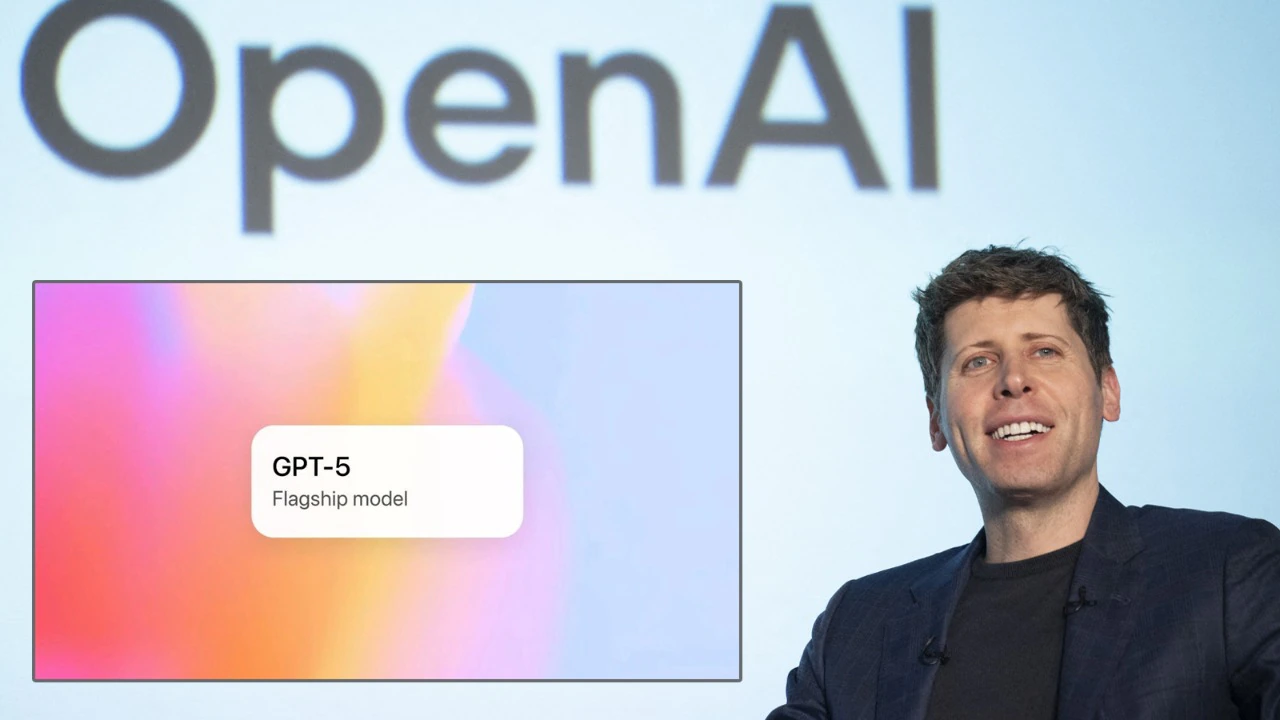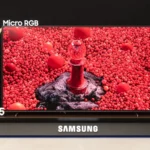
OpenAI’s GPT-5 Revolutionizes AI Landscape with Unified Intelligence
The artificial intelligence world witnessed a seismic shift Thursday as OpenAI released GPT-5, its most ambitious AI model yet. This groundbreaking release represents far more than an incremental upgrade—it signals a fundamental transformation in how AI systems operate and interact with users.
Unlike previous iterations, GPT-5 merges the deep reasoning capabilities of OpenAI’s o-series models with the rapid-fire responses users expect from traditional GPT systems. This fusion creates what OpenAI calls its first “unified” AI model, effectively bridging the gap between contemplative analysis and instant gratification.
From Chatbot to Digital Agent: GPT-5’s Transformative Capabilities
The leap from GPT-4 to GPT-5 resembles the difference between a knowledgeable librarian and a capable personal assistant. While GPT-4 excelled at answering questions across diverse topics, GPT-5 actively completes complex tasks on users’ behalf.
This new model can generate complete software applications, navigate personal calendars, and create comprehensive research briefs without constant user guidance. The shift from reactive responses to proactive task completion marks a pivotal moment in AI evolution.
OpenAI CEO Sam Altman boldly declared GPT-5 “the best model in the world,” positioning it as a significant milestone toward artificial general intelligence (AGI). His statement carries weight, considering OpenAI’s track record of delivering on ambitious promises.
Democratizing Advanced AI: Free Access for Global Users
In a surprising move that challenges industry norms, OpenAI made GPT-5 available to all free ChatGPT users immediately upon launch. This decision breaks from the company’s previous strategy of restricting advanced models behind subscription paywalls.
Nick Turley, OpenAI’s VP of ChatGPT, emphasized this approach aligns with the company’s mission of distributing advanced AI broadly. The decision impacts ChatGPT’s massive user base of over 700 million weekly users—nearly 10% of Earth’s population.
This accessibility strategy could fundamentally reshape competitive dynamics in the AI industry. While competitors often reserve their most powerful models for paying customers, OpenAI’s approach might force industry-wide changes in pricing and access models.
Technical Excellence: How GPT-5 Outperforms the Competition
GPT-5 demonstrates superior performance across multiple critical benchmarks, though the margins remain relatively narrow. On SWE-bench Verified, which tests real-world coding abilities, GPT-5 achieved 74.9% accuracy, marginally surpassing Anthropic’s Claude Opus 4.1 at 74.5% and significantly outperforming Google DeepMind’s Gemini 2.5 Pro at 59.6%.
The model particularly excels in “vibe coding”—generating complete software applications from natural language descriptions. This capability transforms how developers approach rapid prototyping and application development.
However, GPT-5 faces stiff competition in certain areas. On Humanity’s Last Exam, a comprehensive test covering mathematics, humanities, and natural sciences, GPT-5 Pro scored 42% compared to xAI’s Grok 4 Heavy at 44.4%.
Healthcare Applications: Addressing Critical AI Reliability Issues
Medical accuracy represents one of GPT-5’s most impressive improvements. On healthcare-related questions, the model hallucinates only 1.6% of the time—a dramatic reduction from GPT-4o’s 12.9% and o3’s 15.8% hallucination rates.
This improvement carries profound implications, considering millions of users consult AI chatbots for health advice. GPT-5’s enhanced medical accuracy, combined with proactive health concern flagging, positions it as a more reliable health information resource.
The model’s overall hallucination rate of 4.8% represents substantial progress from previous iterations, addressing one of AI’s most persistent reliability challenges.
Enhanced User Experience and Safety Measures
GPT-5 introduces four distinct personalities—Cynic, Robot, Listener, and Nerd—allowing users to customize interaction styles without explicit prompting. This feature personalizes the AI experience while maintaining the model’s core capabilities.
Safety improvements include reduced deceptive behavior and better discrimination between malicious requests and harmless inquiries. These enhancements create more trustworthy interactions while reducing unnecessary content restrictions.
Alex Beutel, OpenAI’s safety research lead, highlighted how these improvements enhance both safety and user experience, creating more transparent and reliable AI interactions.
Developer Tools and Pricing Structure
OpenAI offers GPT-5 through its API in three configurations: gpt-5, gpt-5-mini, and gpt-5-nano. Each variant allocates different computational resources for reasoning tasks, allowing developers to balance performance against cost requirements.
The base model costs $1.25 per million input tokens and $10 per million output tokens. While premium pricing reflects the model’s advanced capabilities, the cost structure remains competitive within the enterprise AI market.
Plus subscribers ($20 monthly) receive higher usage limits, while Pro subscribers ($200 monthly) enjoy unlimited access to both standard GPT-5 and the enhanced GPT-5 Pro version.
GPT-5’s launch represents more than technological advancement—it signals AI’s maturation from experimental novelty to practical necessity. By combining reasoning capabilities with rapid responses while maintaining broad accessibility, OpenAI has created a model that bridges multiple AI paradigms.
The industry watches closely as GPT-5’s real-world performance unfolds. Early benchmarks suggest competitive parity rather than overwhelming dominance, indicating healthy competition drives continued innovation across the AI landscape.
Whether GPT-5 fulfills Altman’s ambitious claims about approaching AGI remains to be seen. However, its immediate availability to hundreds of millions of users ensures rapid, comprehensive real-world testing that will quickly reveal its true capabilities and limitations.
The AI revolution continues accelerating, and GPT-5 represents another significant milestone in humanity’s journey toward artificial general intelligence.
READ ALSO: WhatsApp Eliminates 7 Million Fraudulent Accounts in Major Anti-Scam Campaign
Related posts:
 Microsoft Launches Game-Changing Taskbar Apps That Transform Windows 11 Productivity Forever
Microsoft Launches Game-Changing Taskbar Apps That Transform Windows 11 Productivity Forever
 OpenAI’s Former Chief Scientist Launches New Startup Focused on Superintelligence
OpenAI’s Former Chief Scientist Launches New Startup Focused on Superintelligence
 Claude’s Reasoning Revolution: Everything You Need to Know About Anthropic’s Game-Changing AI Models
Claude’s Reasoning Revolution: Everything You Need to Know About Anthropic’s Game-Changing AI Models
 Samsung Unveils Game-Changing Micro RGB TV Technology That Delivers Perfect Colour Accuracy
Samsung Unveils Game-Changing Micro RGB TV Technology That Delivers Perfect Colour Accuracy




[…] READ ALSO: OpenAI Launches GPT-5: The Game-Changing AI That Makes Every Previous Model Look Ancient […]